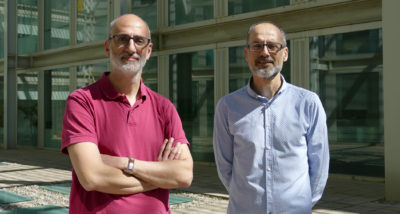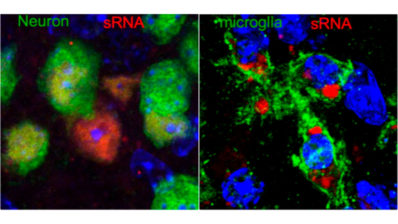
Genes


Down Syndrome, a high risk factor for COVID-19
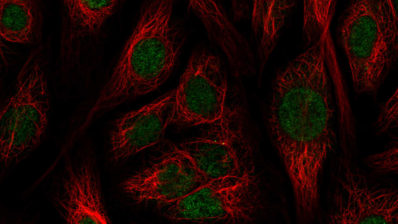
Insights into the role of a p53 target gene in cancer protection
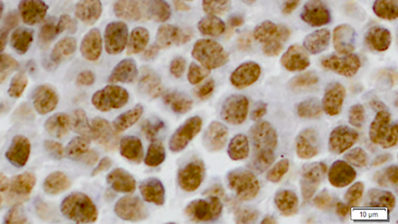
Key gene for Ewing’s sarcoma found
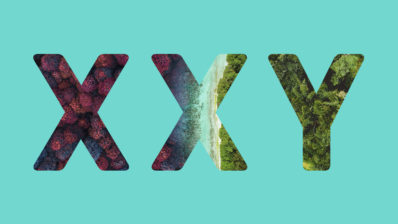
Scientists characterize sex differences in the human transcriptome
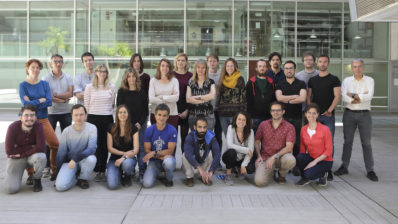
Insights from third phase of ENCODE: just five groups of cells make up the human body
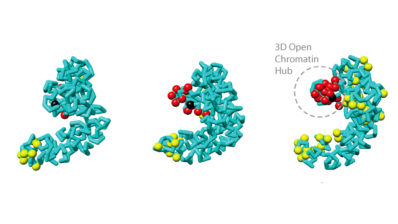
New tool to film dynamic genome changes
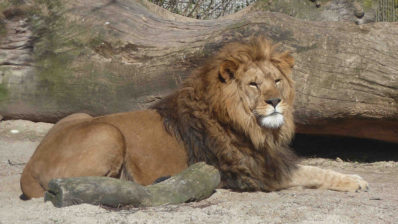
Researchers analyze the evolutionary history of the lion, key to its conservation in the future

Insights into the genetic history of France
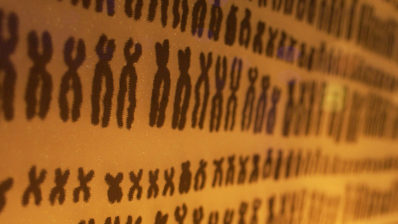
Six Y chromosome genes could explain men’s increased risk of cancer
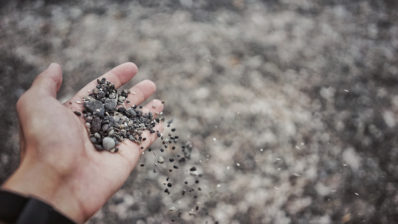
New insights into protein aggregation and neurodegenerative diseases
